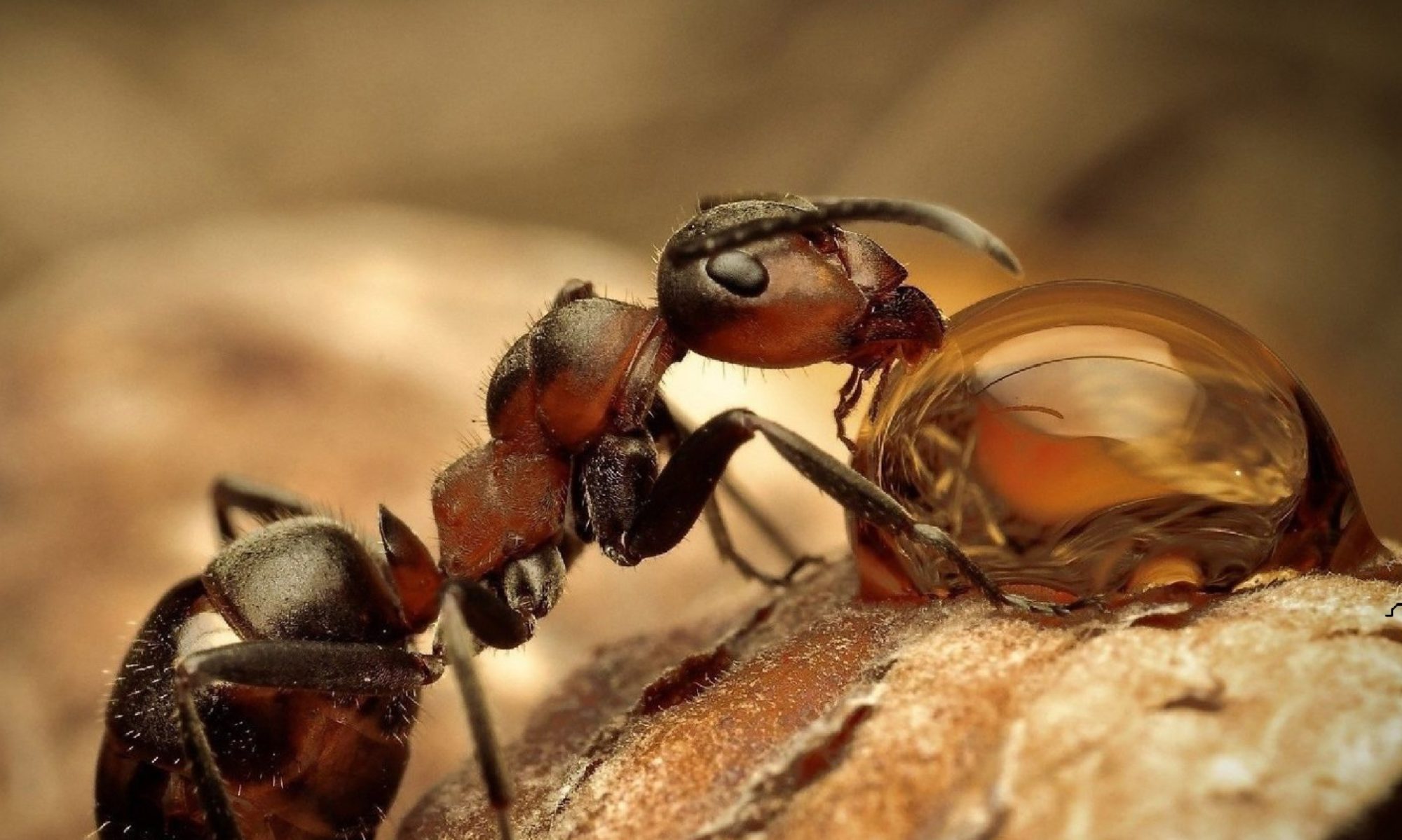There are many colonies of ants of the same species that can be found at war with one another. Although they are of the same species, they have difficulty with being peaceful with each other. That is because they distinguish friend and foe through pheromones. Each colony has its own pheromone, causing ants to see all others as enemies.
However, there are a number of ants that have overcome this barrier of separation between colonies of the same species. The yellow crazy ant and the red fire ant are just a few examples of this behavior. Multiple queens band together, producing thousands upon thousands of ants everyday. This phenomenon is known as a supercolony, where ants coming from different queens band together in order to survive.
